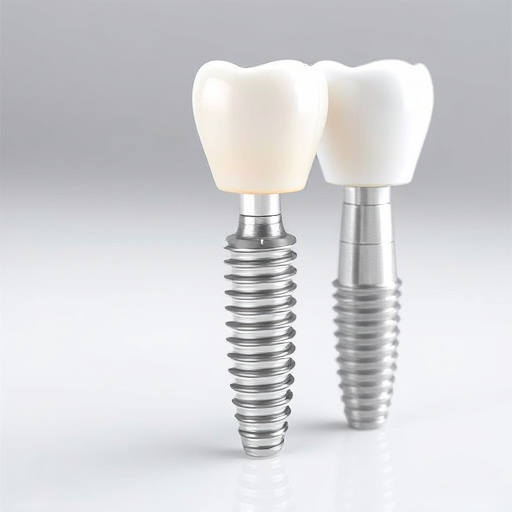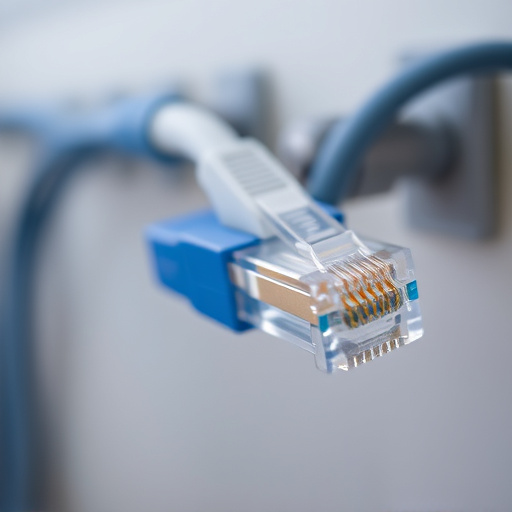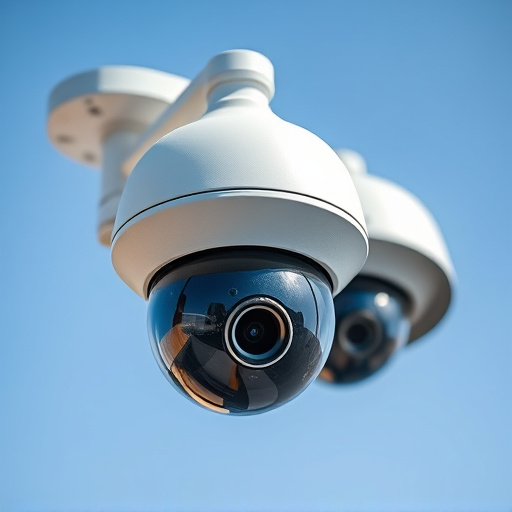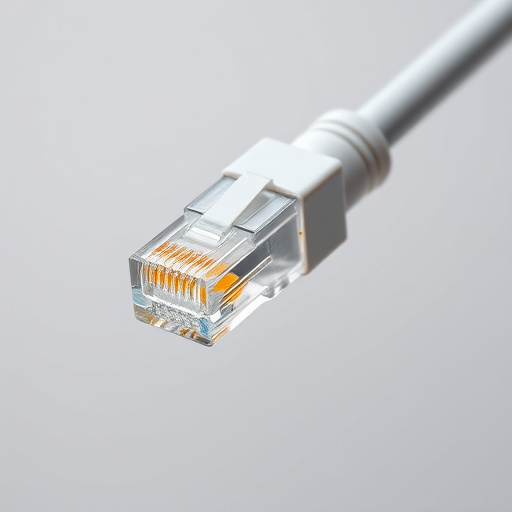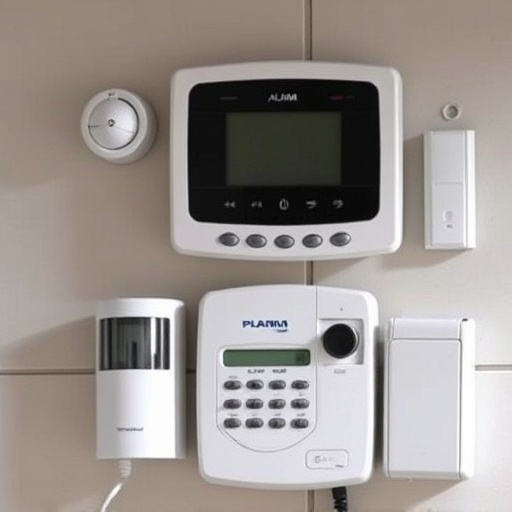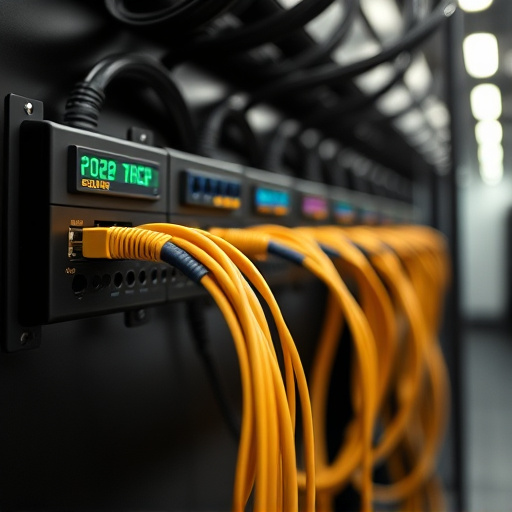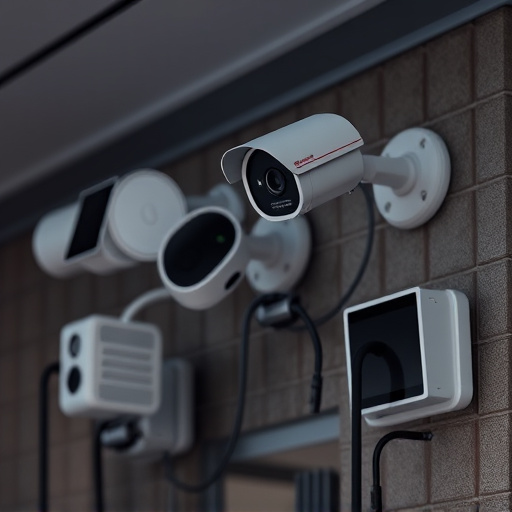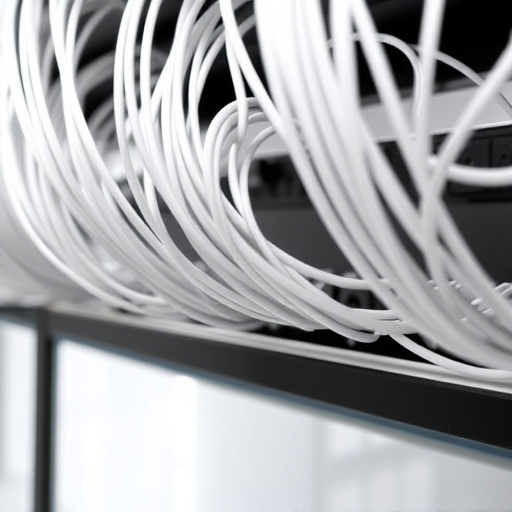Point Of Sale (POS) systems installation in Pittsburgh, PA, modernizes medical practices by digitizing transactions, appointments, and patient records, boosting efficiency. Security is enhanced with integrated surveillance cameras that deter breaches and provide auditing evidence. To install a POS system, strategize based on your practice's needs, choose a reputable vendor, prepare office space, migrate data, train staff, and ensure HIPAA compliance for streamlined operations and improved patient care.
“Streamline your medical office operations with efficient Point of Sale (POS) Systems Installation in Pittsburgh, PA. This comprehensive guide delves into the intricacies of implementing these systems, offering a step-by-step approach for seamless integration. From understanding the fundamentals of POS technology to exploring its myriad benefits in healthcare settings, we provide insights tailored to Pittsburgh practices. Discover how POS systems enhance patient care, simplify billing processes, and contribute to the overall success of your medical office.”
- Understanding Point of Sale (POS) Systems in Medical Offices
- The Installation Process: A Step-by-Step Guide for Pittsburgh PA
- Benefits and Best Practices for Implementing POS Systems in Healthcare Settings
Understanding Point of Sale (POS) Systems in Medical Offices

In modern medical practices, Point Of Sale (POS) Systems Installation Pittsburgh PA is a critical component for streamlining operations and enhancing patient care. These systems serve as the backbone for managing daily transactions, scheduling appointments, and storing vital patient records digitally. By integrating POS technology, medical offices can efficiently process insurance claims, manage inventory, and track supplies, thereby reducing administrative burdens and improving overall efficiency.
Security is a paramount concern in any healthcare setting, which is why incorporating security camera systems and indoor surveillance alongside your POS installation can offer added peace of mind. These cameras not only deter potential security breaches but also provide crucial visual evidence for auditing purposes, ensuring the safety and integrity of both patients and sensitive medical data.
The Installation Process: A Step-by-Step Guide for Pittsburgh PA

Installing a Point Of Sale (POS) system in your medical office in Pittsburgh, PA, is a strategic move to streamline operations and enhance patient care. Here’s a step-by-step guide to ensure a smooth process:
1. Assess Your Needs: Begin by evaluating your practice’s specific requirements. Consider factors like the number of employees, transaction volume, and desired features such as inventory management, appointment scheduling, or cloud-managed security. This will help you choose the most suitable POS system for your medical office in Pittsburgh.
2. Select a Reliable Vendor: Research and partner with a reputable vendor known for installing and supporting POS systems in healthcare settings. Look into their experience, client testimonials, and the types of Point Of Sale Systems they offer, including options for on-site installation or remote setup. Additionally, inquire about integration capabilities with existing software and hardware, such as surveillance systems and cloud video surveillance, to ensure a comprehensive security network.
3. Plan Hardware Setup: Schedule a convenient time for installation. Ensure your office space is prepared by clearing pathways and assigning a dedicated area for the POS terminal, printer, and any additional hardware like scanners or tablets. Your vendor should provide clear instructions on setting up each component, including connectivity and configuration.
4. Data Migration and Testing: During the installation process, the vendor will migrate existing patient data, ensuring accuracy and security. After setup, conduct thorough testing of all POS features, including transaction processing, reporting, and employee access controls. This step is crucial to identify and rectify any potential issues before full-scale operation.
5. Staff Training: Train your staff on using the new POS system, covering essential functions like check-in/check-out processes, insurance verifications, and billing procedures. Ensure everyone understands their roles and responsibilities in maintaining data integrity and providing efficient service to patients.
Benefits and Best Practices for Implementing POS Systems in Healthcare Settings

Implementing Point Of Sale (POS) Systems in healthcare settings offers numerous benefits that streamline operations and enhance patient care. In Pittsburgh PA, professional POS systems installation services are vital for modern medical practices. These systems automate administrative tasks, such as billing and scheduling, reducing errors and saving time. By integrating patient records, insurance claims, and payment processing, POS systems provide a comprehensive view of financial transactions and patient interactions, allowing healthcare providers to focus more on delivering quality care.
Best practices for implementing POS systems in healthcare settings include ensuring secure data storage, compliance with HIPAA regulations, and seamless integration with existing medical software. It’s crucial to involve staff members in the selection and training process to ensure smooth adoption. Additionally, regular maintenance and updates are essential to keep systems running efficiently and securely. Professional CCTV installation and doorbell cameras can further bolster security measures, providing an extra layer of protection for sensitive patient information.
Implementing a Point of Sale (POS) system in medical offices, specifically in Pittsburgh, PA, is a strategic move that streamlines operations and enhances patient experiences. The installation process involves careful planning and execution, as detailed in this guide. By following best practices and leveraging the benefits of POS systems in healthcare settings, medical practices can improve efficiency, reduce errors, and better manage financial transactions. When chosen and installed correctly, these systems become indispensable tools for modern medical offices.



